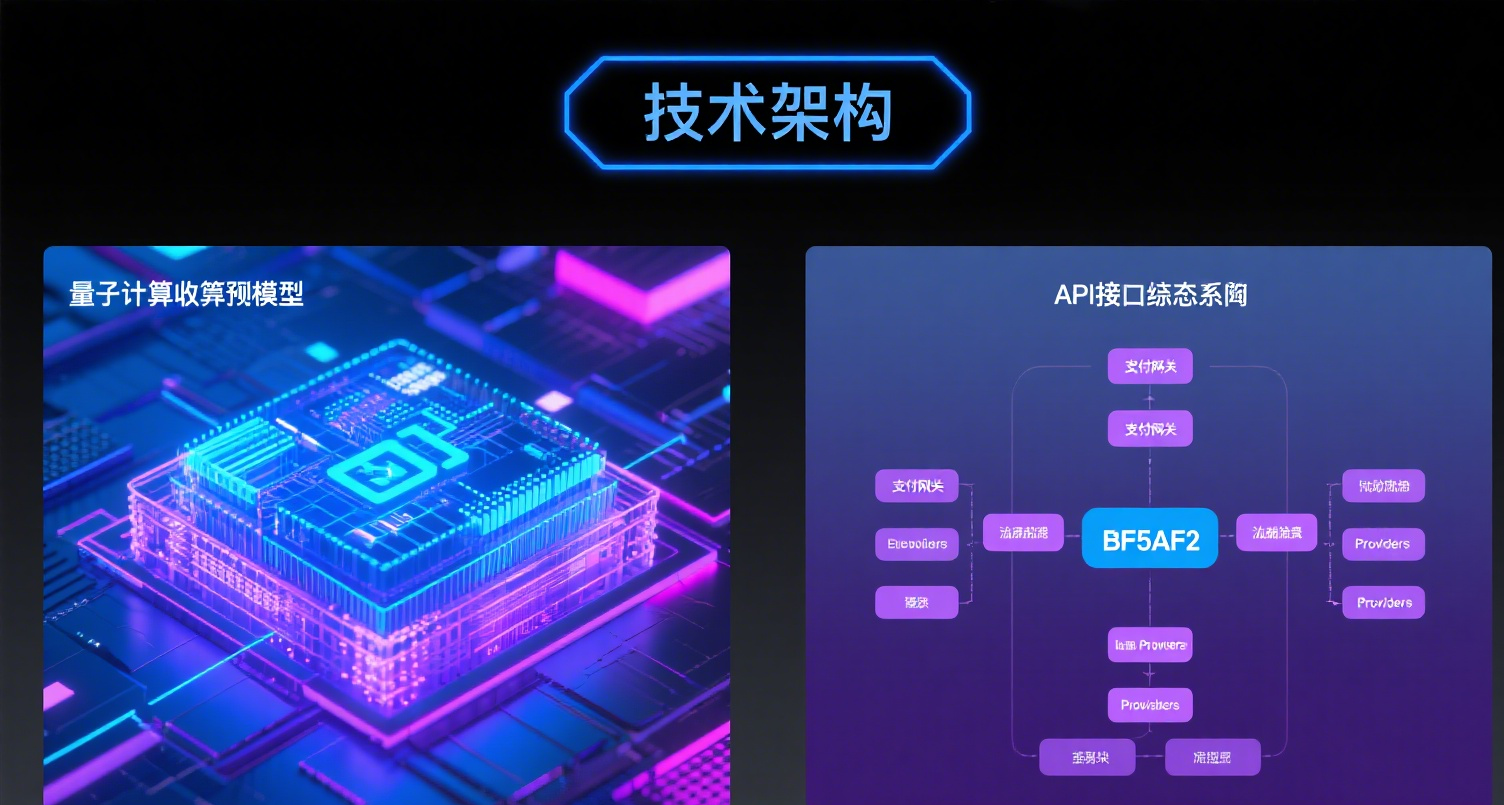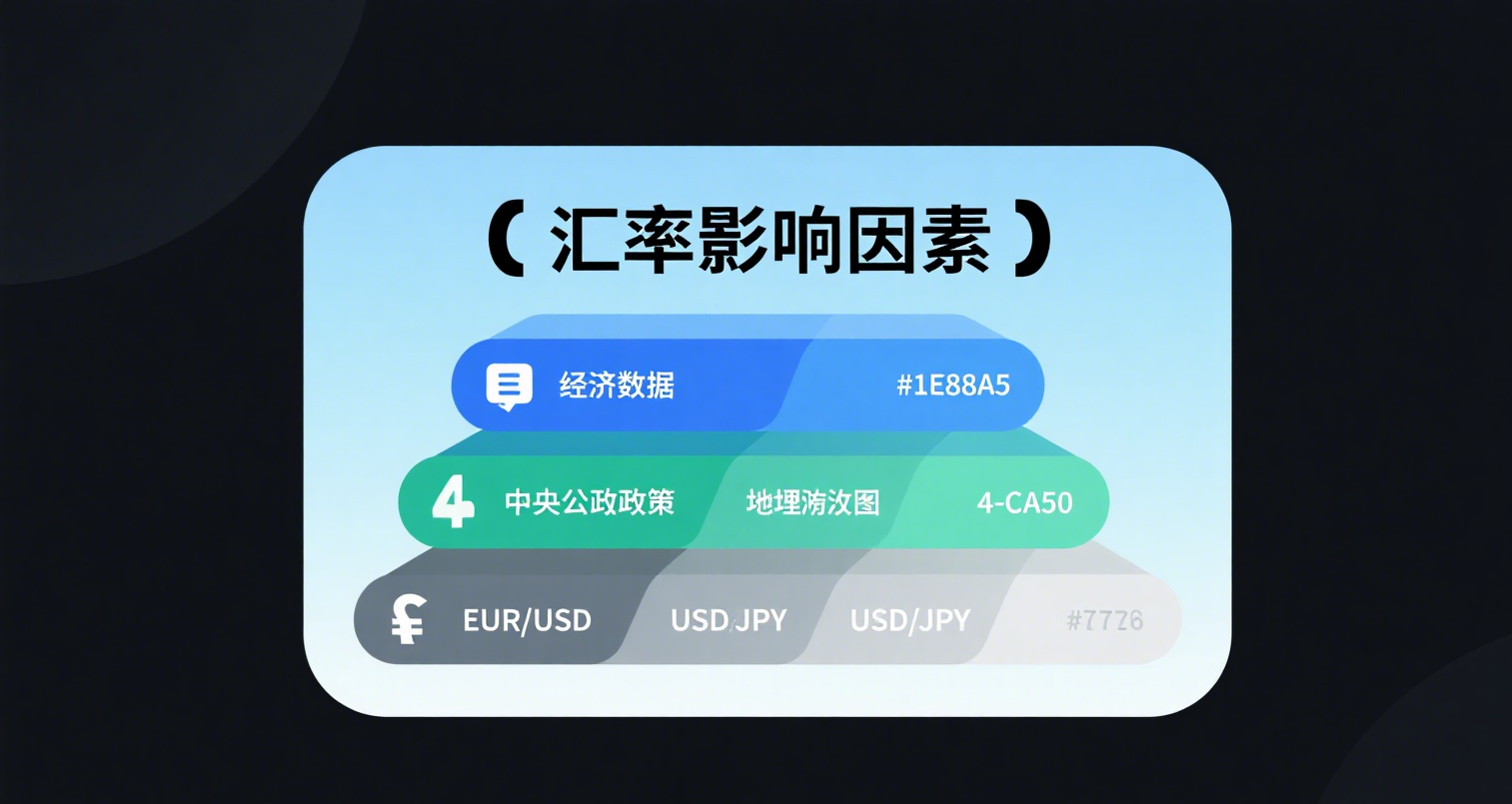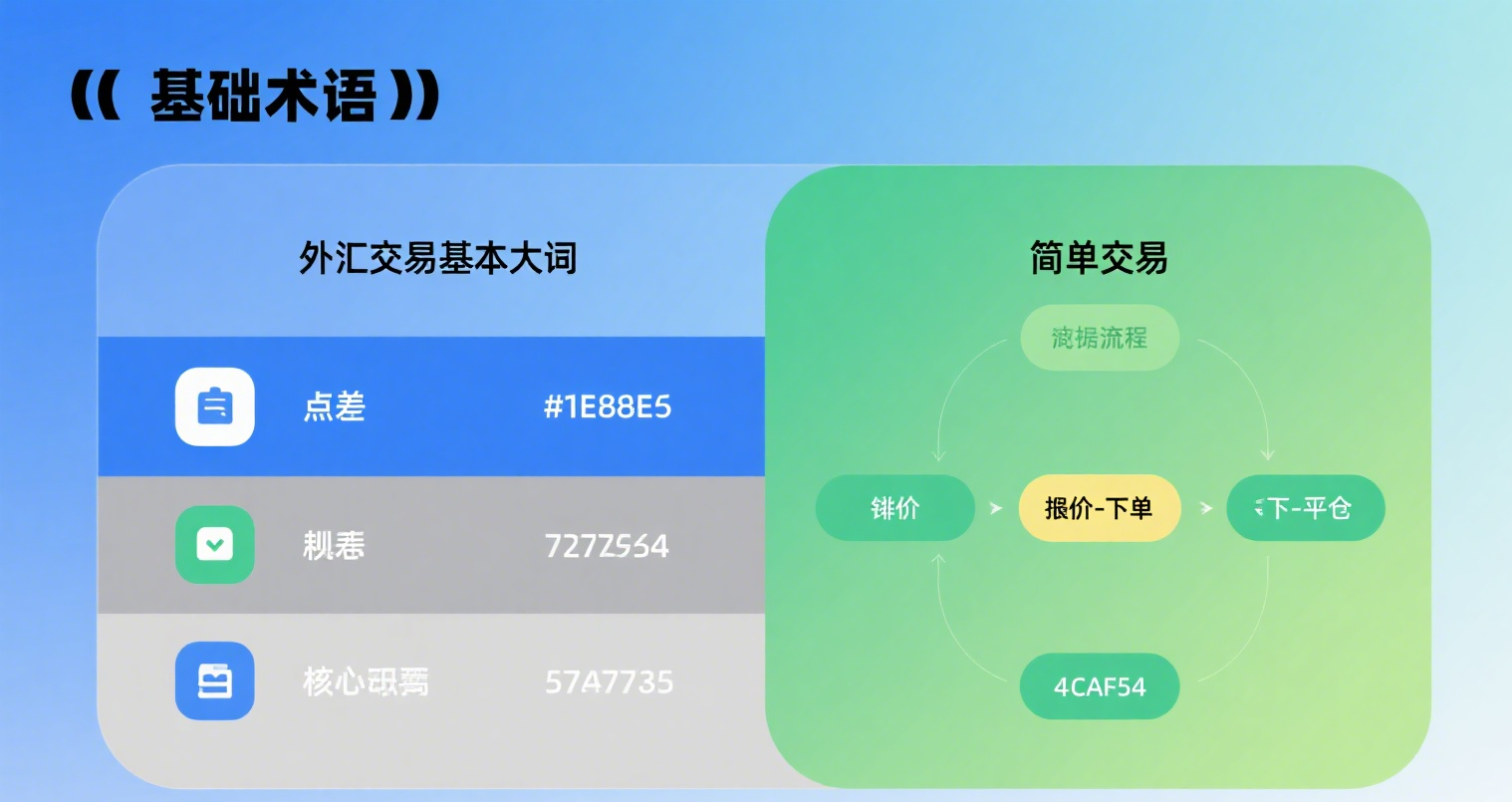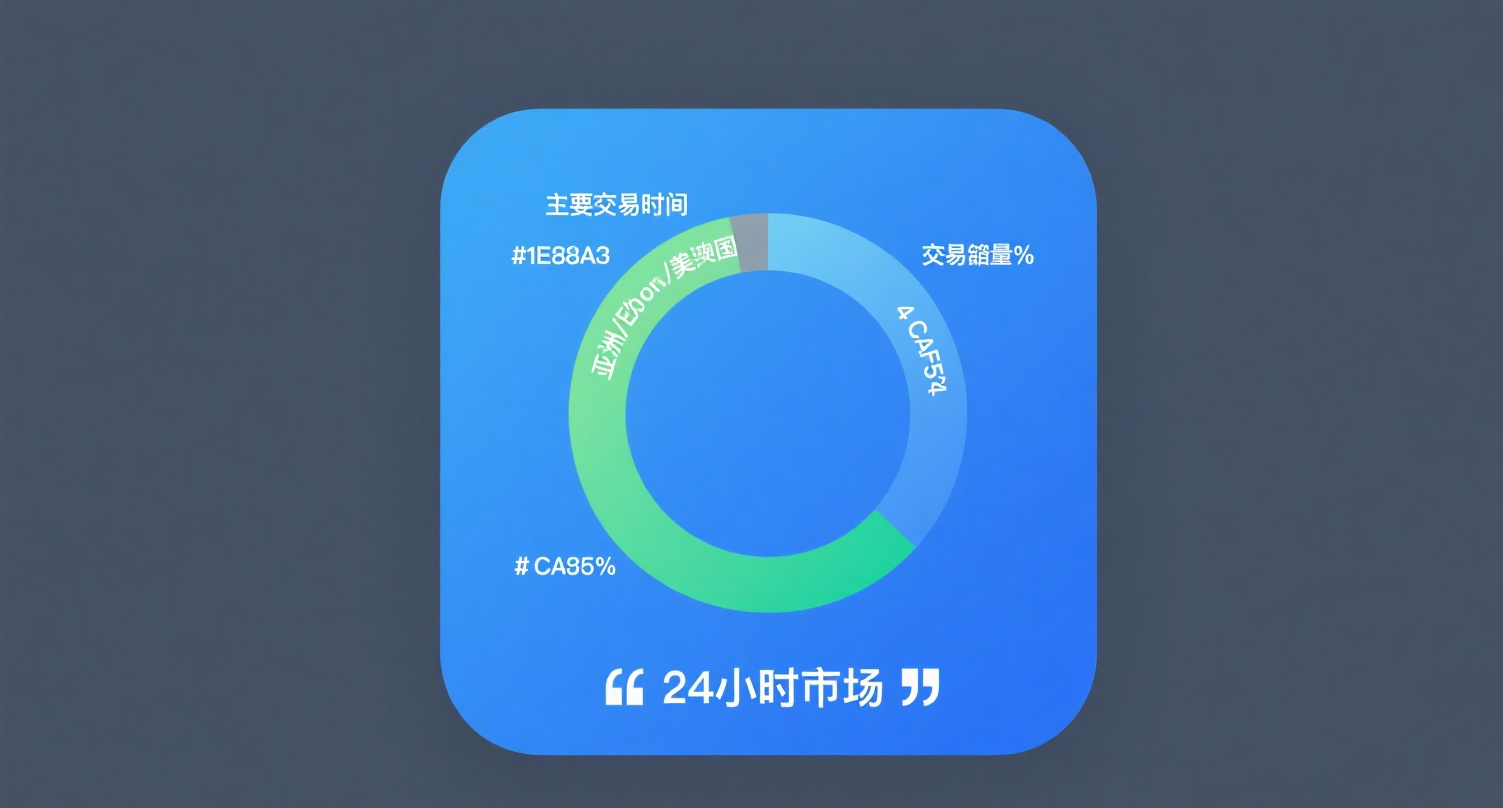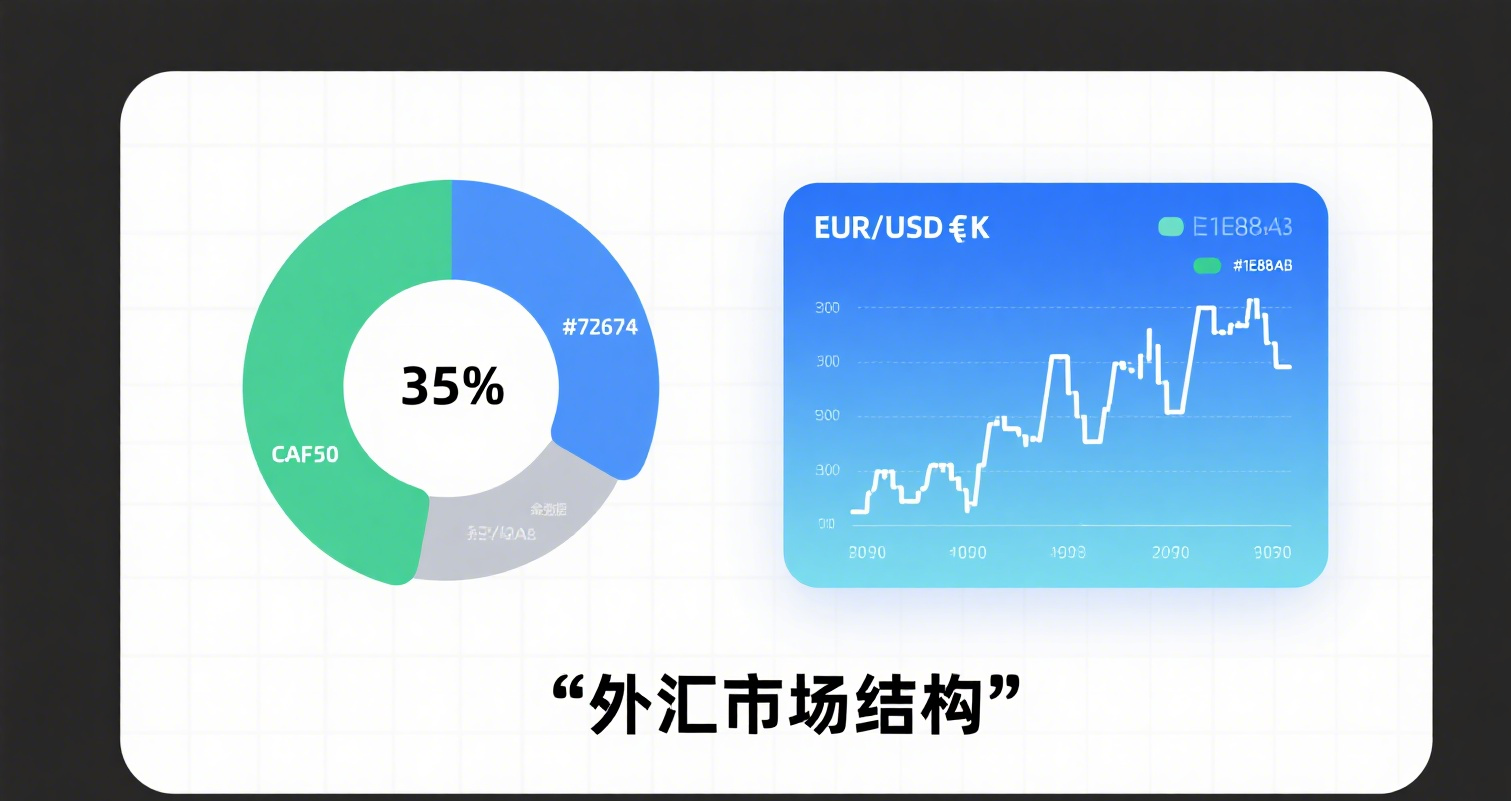
Summary
The number of transactions a blockchain can process per second is limited. For example, the Bitcoin network can handle approximately seven transactions per second. Once blockchain technology achieves widespread adoption, data processing capabilities and speed will significantly improve, and an increase in users will not slow down the network or raise fees. However, the fundamental design principles of many decentralized networks focus on enhancing scalability, often at the expense of decentralization or security. This is precisely the so-called "blockchain trilemma." Developers are experimenting with different consensus mechanisms and scalability solutions such as sharding, sidechains, and state channels in hopes of resolving this issue.
Introduction
In short, a blockchain is a distributed digital database. Data blocks are organized chronologically. Each block is linked through cryptographic proofs and secured. This technology has been implemented across various industries and is already transforming the way we work and live.
The idea is that with the advent of secure, decentralized blockchains, people can sustain the world's operations without relying on third-party networks or markets. However, experts generally agree that for this technology to achieve mass adoption, a core issue must first be addressed: the widely discussed "blockchain trilemma."
Ethereum co-founder Vitalik Buterin popularized this term. To understand this concept, one must first grasp the three key elements of a blockchain: decentralization, security, and scalability. The "blockchain trilemma" refers to the difficulty of optimizing all three properties simultaneously. Strengthening one property often weakens another.
This article will examine the three elements of the trilemma and delve into each in detail. A thorough discussion of each element and their interrelationships will deepen our understanding of how and why the blockchain trilemma exists. The article will also highlight several solutions proposed by developers.
What is Decentralization?
By design, Bitcoin and similar blockchain networks are decentralized. The overall architecture of these networks is not managed by an individual or a single organization but is decentralized. The network layer is open to all participants. Thus, control is entirely distributed rather than held by a single entity. Everyone has access to the same data. If someone attempts to alter records or cheat the system, other participants can reject the incorrect data.
This process is technically complex. Let's take the Bitcoin network as an example, which operates without third-party control. We can compare this to the reliance on banks in the financial system. Banks enhance trust between transacting parties and ensure all records are accurately maintained. However, the Bitcoin blockchain shares data with everyone in the network to ensure it is verified before being added to the digital database. This creates a system that operates without third-party intervention.
Decentralization enables the so-called Web3. Our current internet is in the Web2 phase. In Web2, websites and applications are controlled by large companies, but content is created by users. Web3 represents the next evolutionary step. In a Web3 internet, people use decentralized blockchain technology to take control of their data and online lives.
However, it's important to note that these distributed systems require a large number of participants to agree on the validity of all data. This necessitates sharing and processing information, which can slow down transaction times. Therefore, blockchains need to scale—i.e., process more data at faster speeds. We'll explore this further when discussing scalability.
Moreover, achieving decentralization requires ensuring the underlying blockchain's security first. Without security, malicious actors could exploit vulnerabilities and tamper with data. This leads us to the second part of the trilemma: security.
What is Blockchain Security?
Without security, even the most decentralized blockchain is ineffective. A robust blockchain network must resist attacks from malicious entities. Centralized systems are closed, which ensures security. The controller can guarantee that data remains untampered. But how is security achieved in a decentralized system where anyone can participate?
This is a complex topic. Let's revisit Bitcoin as an example of decentralized blockchain security. The Bitcoin blockchain combines cryptography with a network consensus mechanism called "Proof of Work (PoW)." From a cryptographic perspective, each block has a digital signature, or "hash." Any modification changes the block's hash, so each data block is linked in an immutable manner. Any attempt to alter data is quickly detected by the rest of the network.
The Proof of Work consensus mechanism also plays a role in securing the cryptocurrency ledger. Understanding PoW itself requires significant effort, but for the purposes of this article, it's enough to know that network members can only validate new transactions and add them to the ledger through "mining" activities. This involves using computational power to solve mathematical puzzles. The process requires these computers to perform numerous hash functions. While PoW is secure, it is relatively slow, leading to scalability issues.
Additionally, note that the more participants (nodes) in the network, the more secure it becomes. A higher number of participants makes it harder for malicious actors to gain control of the system. This relates to the so-called "51% attack." The general idea is that if a single entity (or a group of malicious actors) controls more than 50% of the blockchain's hash rate, they can arbitrarily overturn consensus and tamper with on-chain data, such as double-spending tokens.
In short, security is the foundation of a blockchain's success. Without it, attackers could take control, rendering the blockchain worthless.
What is Scalability?
Scalability refers to the goal of building blockchains to increase the number of transactions processed per second. For blockchain technology to serve broader society or billions of users, scaling is essential. However, this is where many blockchains still struggle.
The reason lies in the fundamental nature of decentralization and security, which are always prioritized. Decentralization is at the core of blockchain's philosophy and goals. Most well-known blockchains adhere to this principle. As mentioned earlier, security is a core requirement for a blockchain's success and value.
However, prioritizing decentralization and security makes scalability a challenge. The number of transactions a single chain can handle is severely limited. Centralized payment systems like Visa claim to process 24,000 transactions per second because their networks are closed and unaffected by public nodes and consensus mechanisms. Let's compare this to some well-known blockchains.
According to a 2022 Bloomberg report: "As of September, Bitcoin struggles to process more than seven transactions per second, while the second most popular Ethereum network is limited to around 15 transactions per second. Compared to traditional transaction platforms, this is painfully slow."
As previously mentioned, the transaction speeds of these blockchains are limited due to the necessary ways participants process information in decentralized networks and the nature of the Proof of Work consensus mechanism. If blockchain technology becomes increasingly popular, the limited transaction processing capacity will lead to network congestion.
Why Does the Blockchain Trilemma Exist?
The most obvious basic solution to the above problem is to reduce the number of participants confirming and adding network data to scale and speed up the network. However, this would reduce decentralization by placing control in the hands of fewer participants. Fewer participants also increase the likelihood of attacks and weaken security.
Thus, the trilemma emerges: in the fundamental design of how blockchains operate, the two necessary properties of decentralization and security are tightly linked, making scalability difficult to achieve. The three properties are in a trade-off relationship. How can scalability be advanced without compromising decentralization, security, or both?
Solutions to the Blockchain Trilemma
There is no one-size-fits-all solution to the trilemma. Given the importance of addressing this issue, the community has proposed various solutions with promising results. Let's outline some of the popular developments to provide insight into the latest advancements in this field.
-
Sharding
This involves splitting a blockchain or other type of database into smaller partitions, each managing specific segments of data. This setup reduces the burden on a single chain to handle all network transactions and interactions. Each partitioned blockchain is called a "shard" and has its own ledger. These shards can then process transactions independently, but interactions between shards are managed by a beacon chain or main chain. This modifies the blockchain's mainnet, making sharding a Layer 1 scalability upgrade. -
Various Consensus Mechanisms
A major reason for the trilemma in the Bitcoin network is how Proof of Work ensures security. Achieving system security requires miners, cryptographic algorithms, and vast decentralized computational power, but this also slows down the system. Exploring other methods to ensure consensus is one way to address the trilemma. This is a key reason Ethereum transitioned from Proof of Work to Proof of Stake (PoS).
In a Proof of Stake blockchain, participants must stake (lock up) their tokens to participate in transaction validation but do not require highly specialized mining equipment. Adding more validators to the network is simpler and more convenient. Proof of Stake is just one of many approaches to addressing scalability.
-
Layer-2 Solutions
Sharding and various consensus mechanisms are so-called Layer-1 solutions aimed at changing the fundamental design of the underlying network. However, other developers are working on solutions built atop existing network structures to address the trilemma. In other words, they believe the solution lies in second-layer networks, or "Layer 2." Examples include sidechains and state channels.
Sidechains are essentially independent blockchains connected to the main chain. This setup allows assets to flow freely between the two chains. Importantly, sidechains can operate under different rules, enabling faster speeds and scalability. Similarly, state channels remove transactions from the main chain, alleviating Layer 1 congestion. Instead of using a separate chain, state channels employ smart contracts, allowing users to interact without publishing transactions on the blockchain. The blockchain only records the channel's opening and closing.
Conclusion
The blockchain trilemma hinders the potential of blockchain technology to drive global change. If blockchain networks can only process a small number of transactions per second to maintain decentralization and security, achieving mass adoption will be difficult. However, judging by the latest solutions proposed by developers to address this issue, blockchain networks must continue advancing current technological progress to achieve a leap in data processing capabilities in the future.










